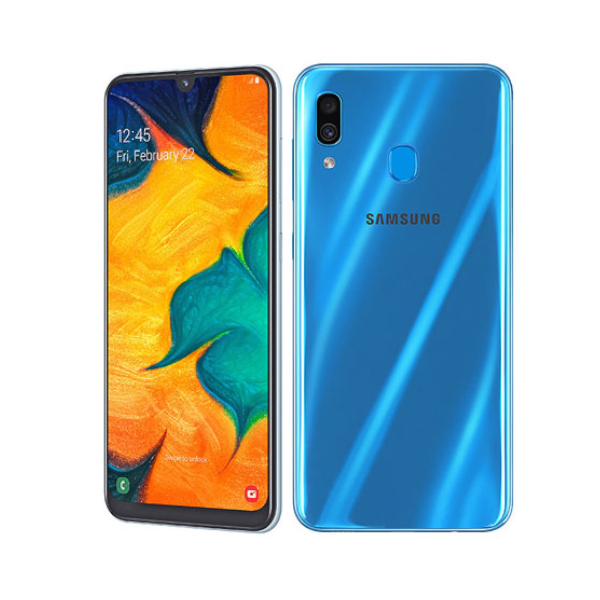Every smartphone owner should know certain tricks that will make the phone perform great even after some period of time. Usually, phones become slower and a bit sluggish when you use them for a couple of months or more. The same goes for Galaxy A30. But, if you restart the phone regularly and wipe the cache partition from time to time, you will ensure that the performance of the phone is on its best. If you are wondering how to wipe cache partition on Samsung Galaxy A30 and you are not sure what steps to take, keep reading.
See also: How to change the system font on Samsung Galaxy A30

How to wipe cache partition on Samsung Galaxy A30
The phone stores temporary cache files that help the apps open faster. However, after some period of time, these files will pile up and may cause various issues. You may notice that the apps are opening slower, your phone may freeze or crash, etc. Wiping the cache partition will help you to get rid of it all. Also, it won’t delete any of your personal data. Let’s see how to do it:
- Turn off your phone
- Power it on by pressing the power button
- When you see the Samsung logo, press and hold the Power button and the Volume up button at the same time
- Keep holding the keys until the Recovery menu shows up
- Use Volume buttons to navigate to Wipe cache partition
- Confirm it by pressing the Power button
- You will be asked if you want to wipe cache partition, navigate to Yes and press the Power button
- When that part is done, the Recovery menu will appear again
- Use the Volume buttons to navigate to “Reboot system now”
- Use the Power button to confirm.
Your phone will reboot. As soon as it turns on, you will notice that it performs better and smoother.







